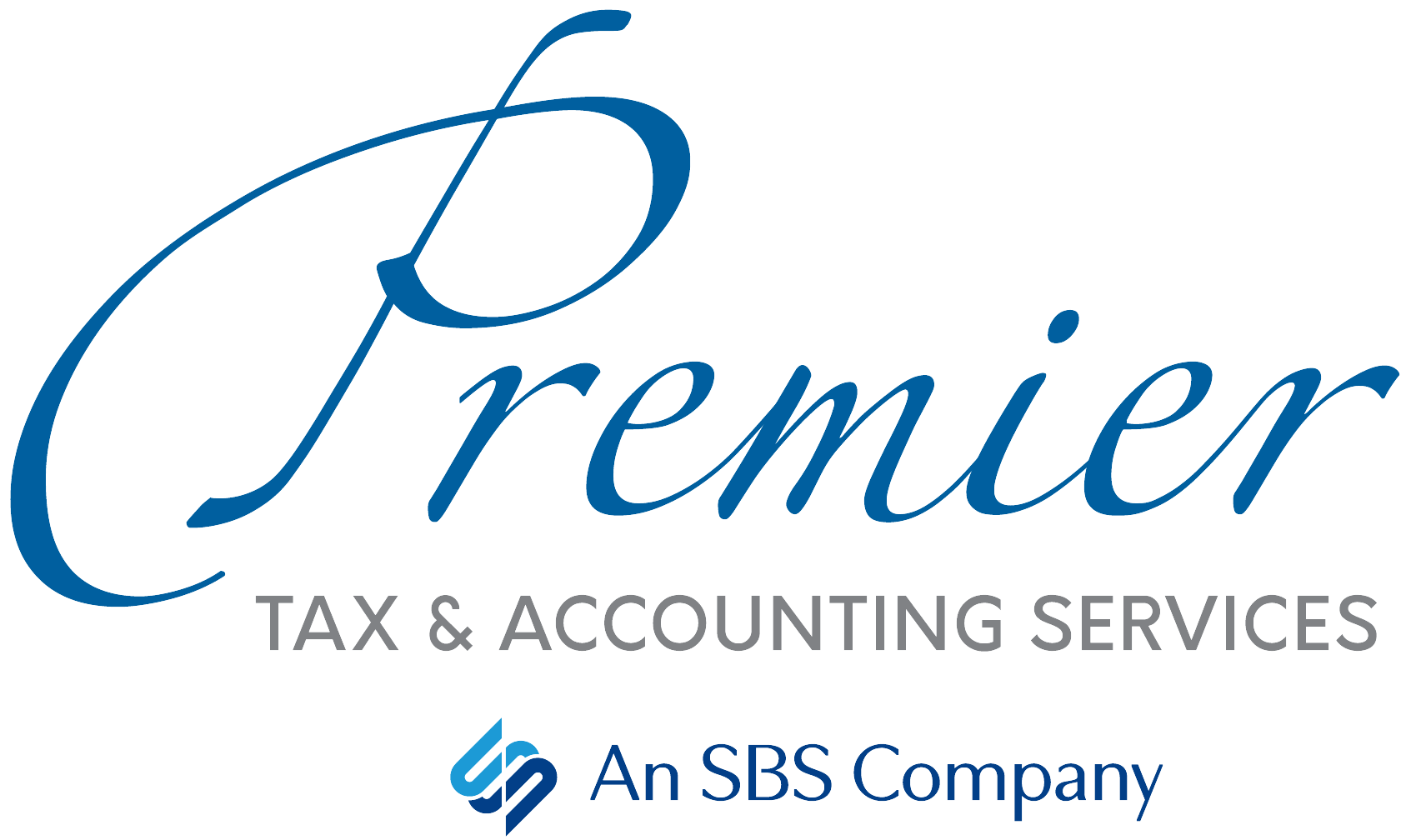There’s good news if you took out a Paycheck Protection Program loan. The Paycheck Protection Program Flexibility Act — recently passed by the House & Senate and expected to be signed by President Trump — gives business owners more flexibility to use loan money and still get it forgiven.
Congress passed the legislation this week because the clock on the initial 8-week window recently expired if you were among the first PPP loan recipients. A special note in the bill clarifies that June 30 remains the deadline for applying for a PPP loan. However, the deadline for spending PPP funds is pushed back to December 31.
Key Points to Know
The bill contains several important provisions that affect borrowers:
#1 — Timeframe Increased to 24 Weeks
If you have an outstanding PPP loan, you can choose to keep the original 8-week period OR switch to the new 24-week period. Keeping the 8-week period makes sense if you have already spent the funds on sufficient expenses that provide for full forgiveness.
#2 — 75% Rule Changed to 60%
The new law changes the test that at least 75% of the amounts forgiven have to be spent on payroll expenses. Now, to be eligible to receive PPP loan forgiveness, you are required to use at least 60% of the loan amount for payroll costs, and up to 40% on rent, utilities, etc.
#3 — Workforce Reduction Rule Pushed Back to December 31
Loan forgiveness is reduced in proportion to the reduction in workforce (if the same number of employees are not hired or rehired). The new law uses the 24-week period, which extends the June 30 date to December 31.
#4 —Rehire Exception Rule Modified
There’s an exemption from the reduction in loan forgiveness if you have reduced your workforce because you could not:
- Find Qualified Employees to Hire. You must establish an inability to rehire individuals who were employees on February 15, 2020, and an inability to hire similarly qualified employees for unfilled positions on or before December 31, 2020.
- Restore Your Business to Full Levels of Activity. You must establish an inability to return to the same level of business activity (as of February 15, 2020) due to social distancing measures or other federal health requirements.
#5 — Repayment Period Now 5 Years
The period for repaying any PPP loans not forgiven is now 5 years (up from 2 years), while the interest rate remains at 1%.
#6 — Payroll Taxes Deferred
You are eligible to defer the payment of Social Security payroll taxes, regardless of whether you receive loan forgiveness. This allows you to defer the payment of the employer’s share (6.2%) — with 50% due in 2021 and 50% due in 2022.
Let Us Help You Figure It All Out
The new legislation is welcome news for our small businesses who need more time and flexibility to use their PPP loan funds. But it, of course, opens up new concerns, too. If you have any questions about the new legislation, please contact us and we’ll help you work through the best solutions for your situation.
Sources: CNN & Journal of Accountancy
MONEY BRIEF
If you have not yet reached age 59½ and need additional income during this time, you may be considering taking that money from a retirement account. The CARES Act provides an exemption on withdrawals of up to $100,000 per person from an eligible IRA or employer-provided retirement plan, such as a 401(k), 403(b) or other type of defined contribution plan.
These withdrawals are now EXEMPT from the usual 10% early withdrawal penalty, plus the 20% automatic withholding, which is used as an advance payment on the taxes that you may owe on employer-plan withdrawals.
Keep in mind that any amount you withdraw now will reduce your future retirement savings. Also, the amount will be added to your annual income for 2020 for tax purposes. The CARES Act allows you to distribute the tax burden over a period of up to three tax years, if you choose. And you can recontribute some or all of the funds that you withdrew by the third year.
Consider whether the loss of retirement savings now makes sense or not. If you’d like to work through the numbers before making any moves, give us a call.



